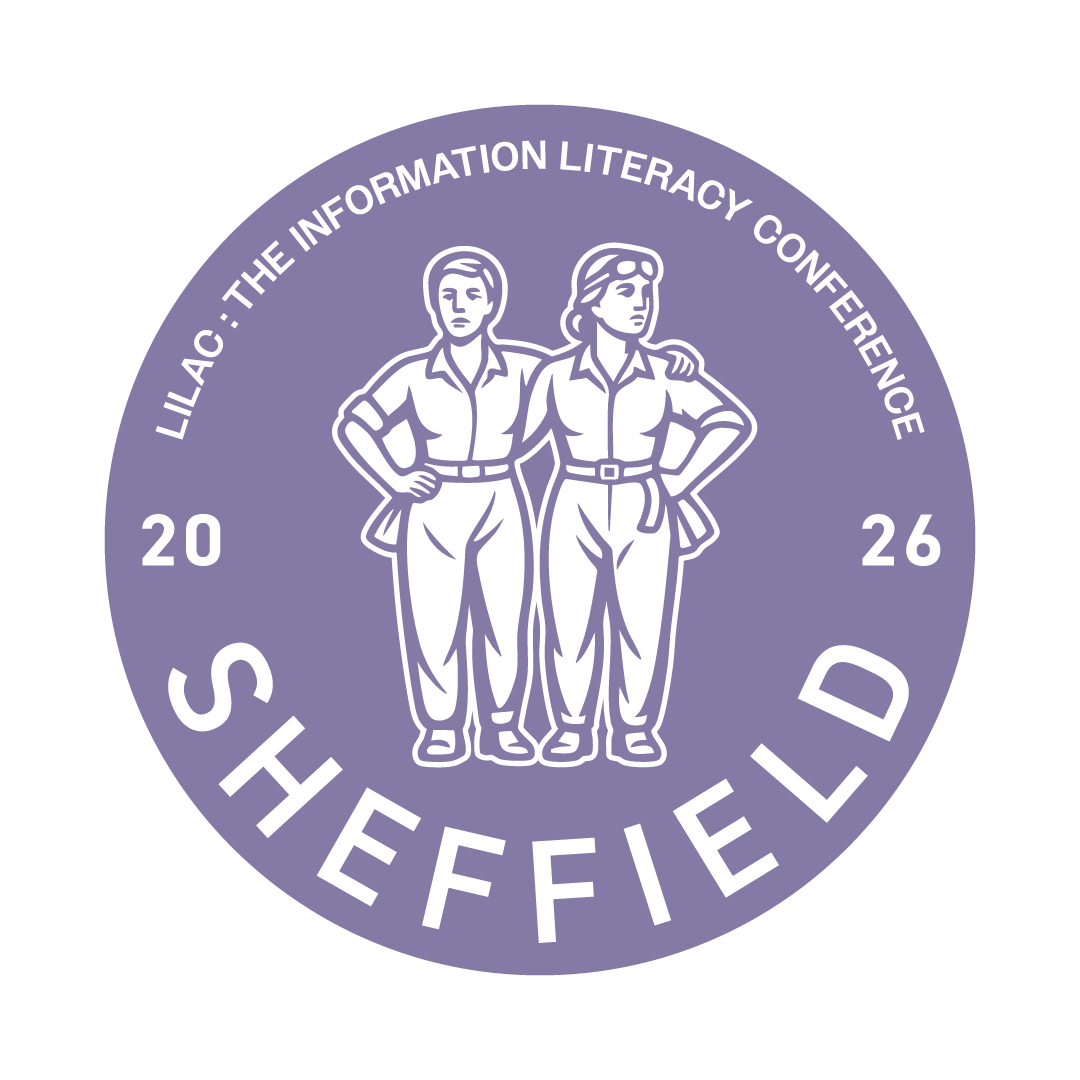Abstract
In this workshop, two presenters from the academic and the government sectors will explore how using co-creation to create Information Literacy instruction can better anchor concepts and skills in the day-to-day life of its audience.
Co-creation is defined by Hughes et al. (2019) as “the active participation of students in their learning”. It is a challenging notion for educators as co-creation shifts the power hierarchy of content creator and content consumer to make them partners in developing relevant content.
Co-creation has many benefits such as improving student perception of their own learning experience (Curran & Millard, 2015), enhanced transferable skills (Dickerson, Jarvis, & Stockwell, 2016) and increased motivation (Nygaard, Brand, Bartholomew, & Millard, 2013).
Whilst much has been written about co-creation and curriculum design in Higher Education; co-creation of Information Literacy education has seldom been addressed.
The presenters assert that creating Information Literacy instruction usually relies on a Librarian’s understanding of their audience and their Information Literacy-related issues ultimately resulting in Information Literacy content drawn from second-hand experience. Co-creation allows the intended audience to directly feed in and provide their input, their lived experience and overall help anchor Information Literacy in a concrete setting.
The presenters will delve into what co-creation means and its benefits. Practical experiences of using co-creation with different audiences across sectors; with different expectations, will then be addressed and transferable advice shared.
Attendees will be engaged throughout the session to reflect on how they could implement co-creation initiatives in their workplace. A template will be shared and worked on during the sessions for attendees to have a concrete plan of action and takeaway by the end of the session.
LILAC attendees should attend this session:
- to learn how to use the experience of their intended audience to enrich their Information Literacy teaching
- to receive practical advice on running their own scheme
- to create a bespoke plan to run their own co-creation initiative
Learning outcomes:
By the end of the session, attendees will:
- Have a grounding in co-creation alongside its benefits and impact
- Reflect on their own practice and the potential for co-creation in their workplace
- Create concrete plans for co-creation initiatives in their workplace
References
- Hughes, A., Michener, C., Mohamed, K. & Mcduff, N. (2019) Curriculum co-creation as a transformative strategy to address differential student outcomes : the example of Kingston University's Student Curriculum Consultant Programme. Compass, 12(1).
- Curran, R., & Millard, L. (2015). A partnership approach to developing student capacity to engage and staff capacity to be engaging: Opportunities for academic developers. International Journal for Academic Development, 21(1), 67-78.
- Dickerson, C., Jarvis, J. & Stockwell, L. (2016). Staff-student collaboration: Student learning from working together to enhance educational practice in higher education. Teaching in Higher Education, 21(3), 249-265.
- Nygaard, C., Brand, S., Bartholomew, P., & Millard, L. (2013). Student engagement: identity, motivation and community. Faringdon, UK: Libri Publishing.
